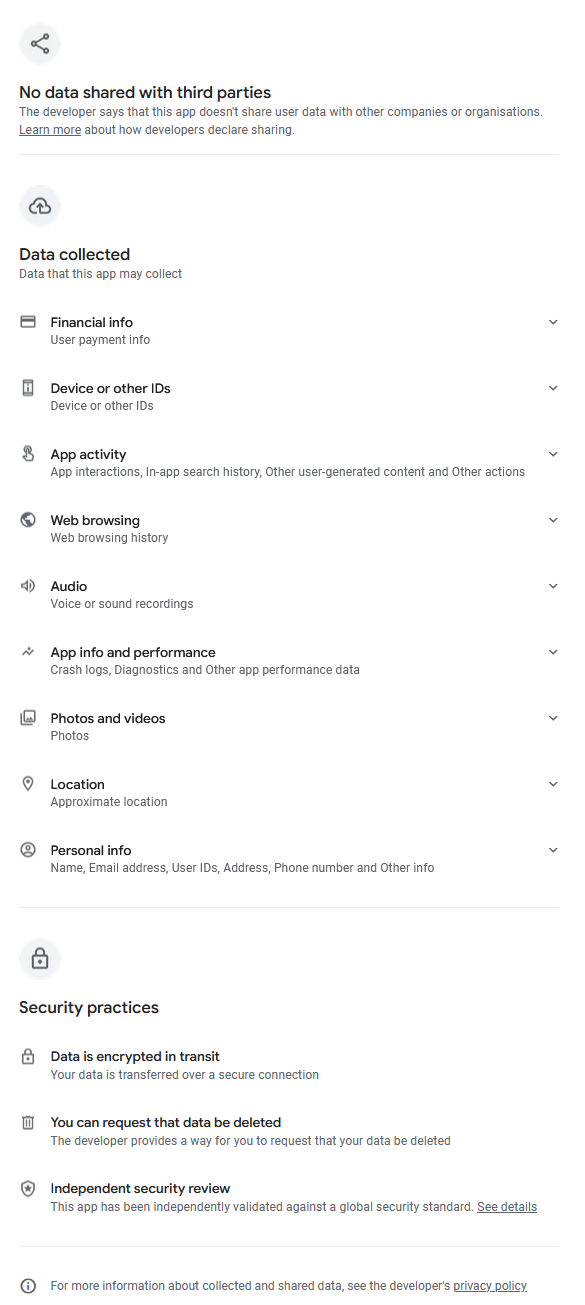- 0 Posts
- 12 Comments




A scanner would be your best bet.
But you could go wild and ditch the photo idea.
The original piece was modeled in CAD. Simply follow the logical path for how it was originally done.
Measure the outermost dimensions and draw a rectangle as construction geometry. Then play around drawing a couple of circles - chances are that the top and bottom curves are circles and are trimmed and joined with eachother with say blend curve to preserve tangency.
Also measure the distance of the holes to the rest of the geometry. How far are they from the top and sides. You could measure their distance to eachother crosswise too to narrow down the measurement error.
The geometry is built around simple measurements, if you can work out the sketch tools and constraints, you can probably match the original with high precision.


Not really no!
There was a “Multi Web Search” by Oleksandr for Firefox but it was last updated five years ago. It also intermingles the results whereas I would’ve liked to see them side by side (to compare how different search engines rank the sites)
The SearX feature the other guy mentioned might be the best bet!


I’ve enjoyed my kobo libra h2o a lot but PDFs can be a bit challenging with its compact screen size.
Big PDFs tend to drain the battery quite fast too but this may not be such an issue with larger models.
I use it with Calibre and my local library has some books available via Overdrive. Calibre can convert books from other formats to epub. PDF is trickier in my experience but other e-reader formats have worked without a hitch.
If your unfamiliar with Calibre you can give it a go before making any decisions and convert a few books with it or something. Not necessarily the prettiest software but it does everything I need it to and does it well.
Sidenote:
I’d be curious to try one of those chinese e-ink android tablets one day.
Edit:
The kobo/rakuten store is quite good too, no complaints.


Do you want the short or the long version?